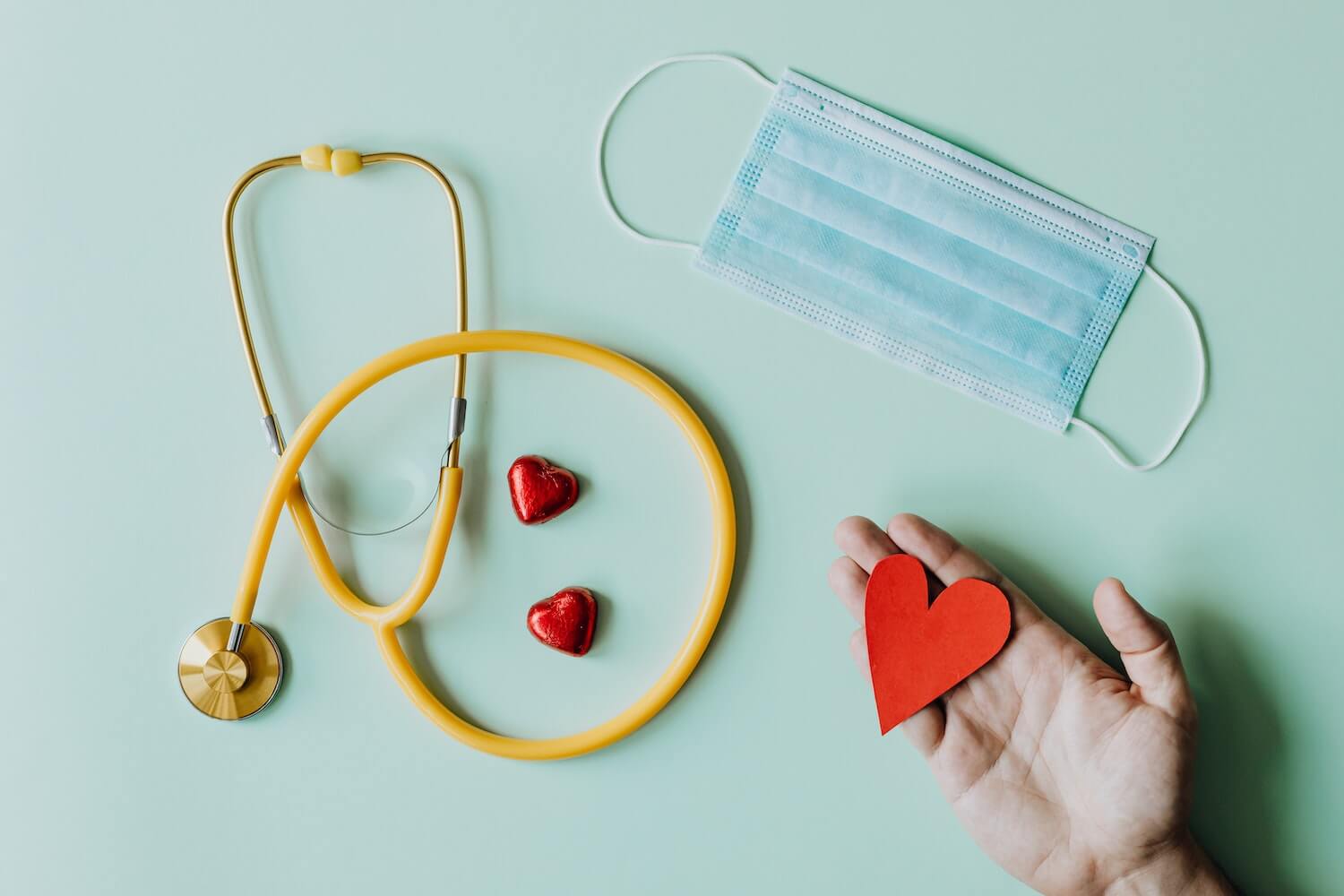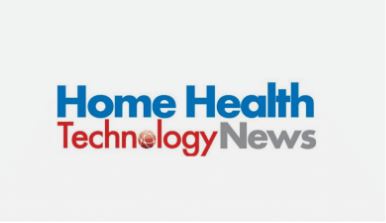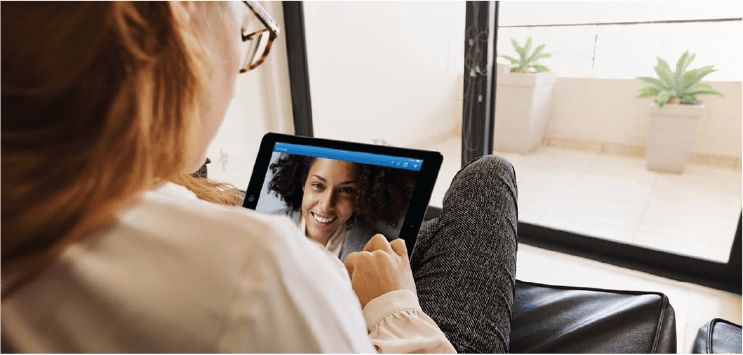What Is Telecardiology Equipment?
Telemedicine is changing how medicine is practiced. Through digital screens, doctors and patients can connect virtually instead of in-person. According to the American Hospital Association (AHA), 76 percent of U.S. hospitals connect with patients and consulting practitioners remotely through the use of video and other technology.
The Centers for Disease Control and Prevention (CDC) sheds light on some of the reasons behind the relatively rapid adoption of telemedicine, saying “Telemedicine is a promising public health tool because of its 1) potentially significant impact on medically underserved populations through increased access, 2) increasing prevalence as a recognized standard of care, 3) influence on the provider-patient relationship, and 4) potential to save billions of dollars in healthcare expenditures.”
Telemedicine technology provides hospitals with access to all kinds of telespecialists, including cardiologists. Telecardiology equipment is enabling hospitals to extend their reach and capacity, hasten their patient response times, and enable a continuum of care for better patient outcomes.
How Does Telecardiology Equipment Work?
The most advanced and innovative telecardiology equipment will include components such as a medical cart equipped with a touchscreen, cloud-based software and operating system, an iOS app, wireless connectivity with a battery backup, a high-definition webcam, a computer stick that plugs into any TV or monitor, a speaker and a microphone, interfacing with peripheral equipment such as stethoscope and ultrasonography. With the platform and equipment in place, hospitals are able to leverage the expertise of cardiologists from around the country.
Nurses can pull in a telemedicine cart to the patient’s bedside and quickly connect with a cardiologist virtually. The cardiologist can see the patient, review patient symptoms and history, and coordinate care and share information with on-site staff. This often includes viewing PACS info to interpret and report echocardiograms, stress echo tests, ECG/EKGs and other tests for patients exhibiting symptoms relating to conditions such as aortic dissection, cardiac tamponade, cardiac perforation, and atrial fibrillation. With the medical cart nearby, the virtual cardiologist can zoom in and provide a thorough patient exam.
Related: What Is a Virtual Care Platform and How Does It Benefit All Delivery Models?
They are also there live on the in-room screen to discuss the patient’s diagnosis and treatment recommendations with family members, as well as answer questions. Using the telecardiology equipment, the virtual specialist is able to order more tests and labwork, prescribe, and follow up with the treatment plan, working in lock-step with nurses, attending physicians and other on-site caregivers.
How Is Telecardiology Equipment Helping Hospitals?
COVID-19 opened the floodgates for telemedicine, revealing many benefits for both patients and caregivers. Frost & Sullivan forecast the telehealth industry will grow at a five-year compound annual growth rate of 38.2 percent, citing the use of remote diagnostic equipment and remote patient monitoring as being game-changers in how care is delivered.
Telecardiology equipment brings various benefits to hospitals, which in turn, benefits the patients.
Accelerated Response Times
Cardiac emergencies demand a fast response, however, it can take hours and even days for many hospitals to run all of the required tests, have them interpreted, and begin providing care. When every second counts, having access to a virtual network of cardiologists around the country enable hospitals that are short-staffed, spread thin or without cardio specialists to provide appropriate patient care in a timely way.
Cardiospecialists are licensed physicians that partner with telemedicine and telecardiology equipment providers to deliver telemedicine consulting services. These physicians are often either augmenting their in-office practice or prefer limitless flexibility and patient access via telemedicine.
Reduced Costly Patient Transfers
With a cardiologist providing care virtually, hospitals can keep more patients in-house versus transferring them to see on-site cardiologists at other hospitals. Hospital transfers are costly. One study reported by NIH found that potentially avoidable transfers cost as much as $1.46 million over two years in direct transportation costs. Add to that the cost of losing patients to other facilities and the impact can be enormous.
Reduced Length of Stays
The faster a patient is admitted, diagnosed and treated, the less time they spend in the hospital. It also improves outcomes, decreasing the risk for hospital-acquired infections, disabilities and mortality. Another NIH study reported that healthcare-associated infections (HAIs) are more prevalent during hospitalizations with an average length of stay being 11 days and increased length of stay leads to increased healthcare costs. Hospitals can improve patient outcomes and overall satisfaction while reducing costs with investment in telecardiology equipment.
Reduced Patient Readmissions
Telecardiologists partner with the hospital to deliver a continuum of care that frequently results in fewer hospital readmissions. When the team of caregivers can follow a patient through their entire diagnosis, treatment and recovery journey, patients are more likely to recover faster and with fewer complications that require another visit to the hospital.
Related: Value-Based Care: 4 Ways Telespecialists Save Hospitals Money
A recent study by the American Health Information Management Association found three dominant core strategies hospital leaders use to reduce hospital readmissions. Multidisciplinary rounding teams, where hospitals are able to discuss and share patient information with a team of multidisciplinary professionals, was a top strategy. Providing post-acute services to patients, particularly with telehealth services, is also highly effective. Both of these strategies are more successful with telemedicine support, such as using telecardiology equipment to loop in cardiospecialists.
It Improves Patient Satisfaction and Outcomes
While all hospitals strive to achieve the best patient outcomes, patients’ views of their hospital experience matters. According to the Centers for Medicare & Medicaid Services, since 2012, HCAHPS scores contribute to hospital payment through the Hosptial Value-Based Purchasing program. The publicly-reported survey documents the patient’s experience among several areas, including communication with doctors and nurses (including telespecialists), the responsiveness of staff, communication about medications, and transition to post-hospital care.
Telecardiology equipment provides that extra level of communication and responsiveness, as well as how quickly patients can be tended to during and after their hospital stay. When patients are able to see specialists quickly, receive timely care and feel looked after even after they leave the hospital, they are more likely to score the hospital higher.
Are There Other Specialties That Can Leverage Telemedicine?
Hospitals can use telemedicine technology to engage specialists in many disciplines, including neurology and stroke, psychiatry and psychology, pulmonary, palliative, ICU, and hospitalist. Being able to offer patients an extensive, multidisciplinary network of specialists is changing the game for hospitals. Technology is helping hospitals fill staffing gaps, as well as deliver more efficient, responsive care to patients at a highly personal level.
Using the same premise as the telecardiology equipment, these hospitals and specialists are able to provide comprehensive services to patients while reducing hospital costs and risks. With COVID-19, patients are becoming increasingly more aware of and comfortable with telemedicine. The opportunity to leverage the telemedicine momentum to augment capacity and capabilities has never been better.





